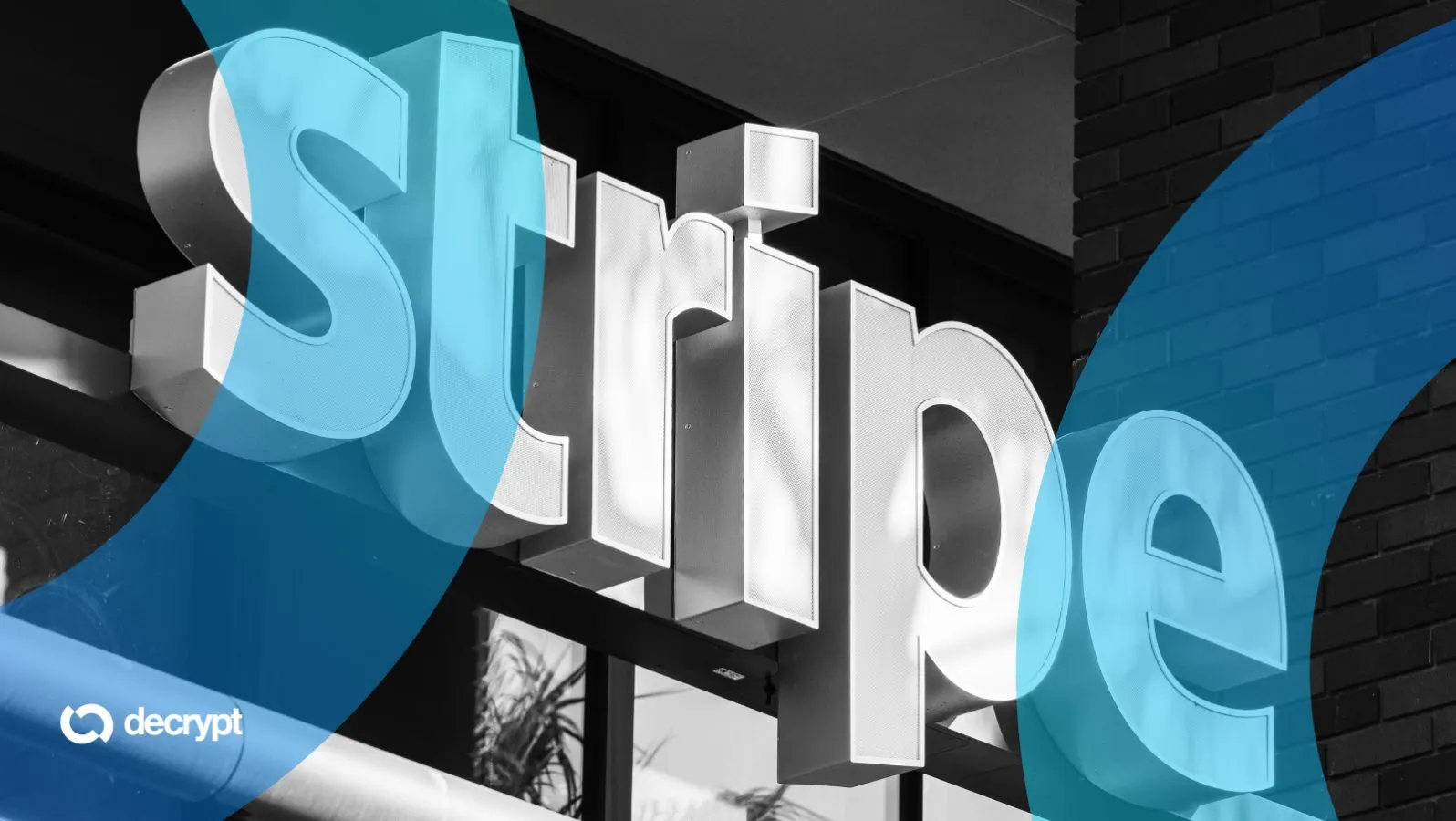Stripe's Tempo Blockchain Raises $500 Million, Poaches Prominent Ethereum Dev

News Summary
Stripe's blockchain project, Tempo, has reportedly raised $500 million in a Series A round, valuing the project at $5 billion. The funding round was co-led by Greenoaks and Thrive Capital, signaling a significant early win for Tempo as it supports payment processor Stripe's aggressive push into crypto. Adding to the buzz, Tempo successfully poached Dankrad Feist, a leading researcher from the Ethereum Foundation, a move that sparked considerable debate within the crypto community. While Ethereum co-founder Vitalik Buterin publicly supported Feist's decision, other community members criticized it as a blow to open-source ideals in favor of corporate blockchains. Feist stated his belief that joining Tempo would enable him to more effectively bring crypto payments to the masses. Critics drew parallels to a previous controversy where Feist and a colleague, Justin Drake, faced backlash for accepting advisory positions at Ethereum restaking protocol Eigenlayer, which they later abandoned.
Background
Stripe is a leading global online payment processing company, providing infrastructure for businesses. Its foray into the blockchain space with the Layer-1 project Tempo aims to integrate crypto payments into its core offerings. Ethereum is a decentralized, open-source blockchain platform, and the Ethereum Foundation is the non-profit organization supporting its research and development. Dankrad Feist was a key researcher at the Foundation, contributing to core protocol improvements. Previously, Dankrad Feist and Justin Drake faced significant community backlash over potential conflicts of interest when they accepted advisory positions at Ethereum restaking protocol Eigenlayer, which they subsequently abandoned. This incident highlighted the sensitivity surrounding talent movement between open-source projects and commercial entities.
In-Depth AI Insights
What does this high valuation and talent poaching signify for the corporate blockchain landscape and its competition with decentralized protocols? - Tempo's $5 billion valuation and successful recruitment of a top Ethereum developer underscore a strong gravitational pull of capital and talent towards enterprise-focused blockchain solutions. - This indicates a potential bifurcation of the crypto ecosystem: one segment focused on purely decentralized, permissionless public chains, and another driven by large corporations aiming to solve real-world payment and compliance challenges with permissioned or consortium chains. - For investors, this highlights the growing importance of enterprise use cases in mainstreaming blockchain technology, but also signals new market segmentation and intensified competition. How might the departure of key developers from core open-source projects impact their long-term development and community trust? - Despite Vitalik Buterin's endorsement, the strong community backlash suggests that such talent drainage could potentially hamper the development velocity and innovation capacity of open-source projects, especially at the core protocol level. - It also raises questions about the sustainability of open-source projects in attracting and retaining top-tier talent when commercial entities can offer significantly more attractive compensation and resources. - In the long run, sustained loss of key developers could dilute the decentralized ethos and community cohesion of public blockchains like Ethereum, impacting their narrative as public infrastructure. What are the broader investment implications of a payment giant like Stripe aggressively entering the Layer-1 blockchain space with a focus on 'real-world' payments? - Stripe's move validates the immense potential of blockchain technology in mainstream payments, foreshadowing a deeper integration of traditional financial services with crypto assets. - This could accelerate the adoption of crypto payments but will also likely intensify regulatory scrutiny on stablecoins, CBDCs, and payment-focused blockchains. - For investors, this means paying attention to Layer-1 solutions that can offer scalability, compliance, and interoperability with existing financial systems. Both traditional payment companies and crypto projects focused on enterprise-grade blockchain solutions may find new growth opportunities, but competition will also be fiercer.